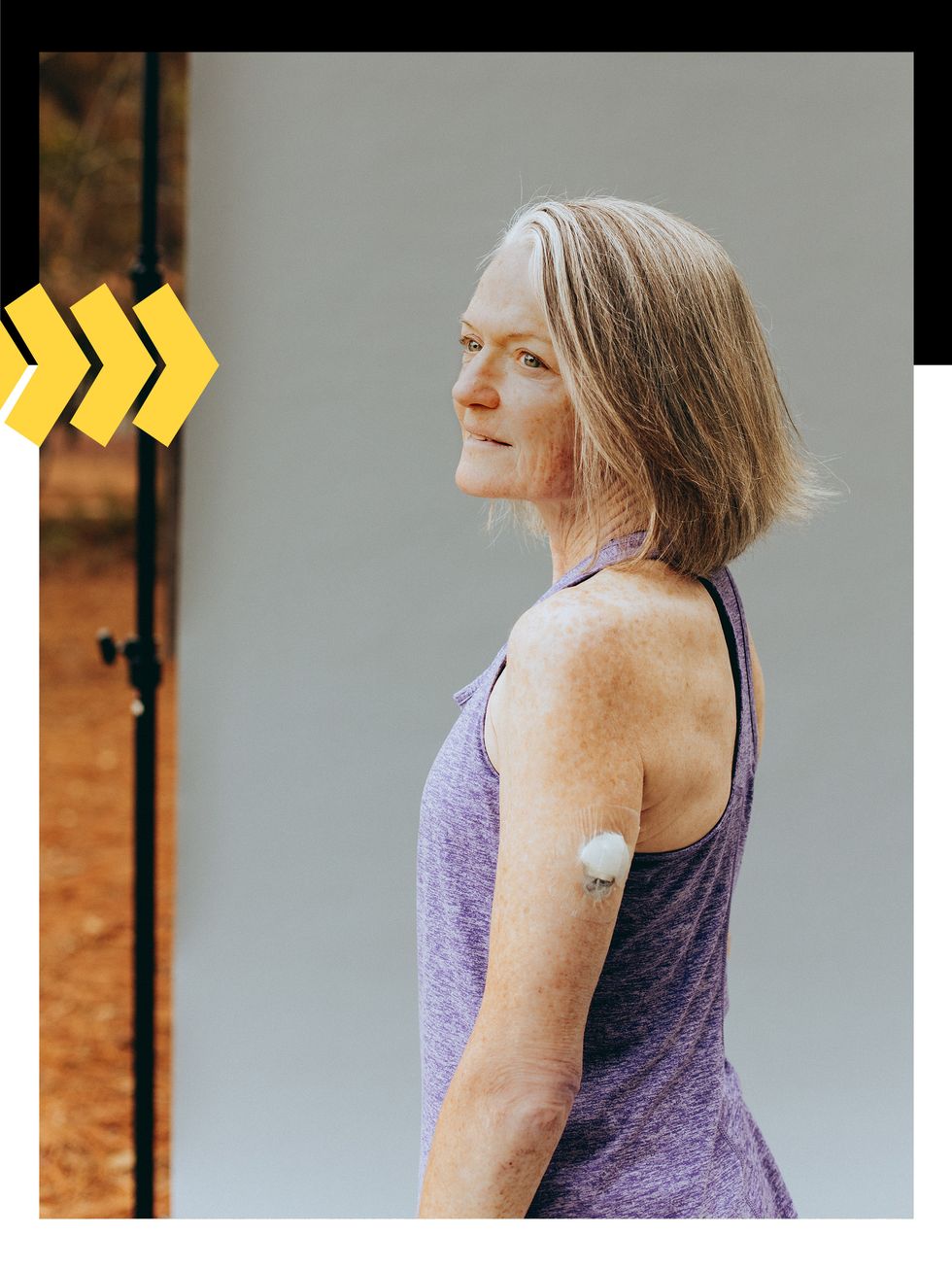My sister, who is one year older than me, was diagnosed with type 1 diabetes when she was eight years old. So when she started showing her signs at age 14, she knew exactly what it was. I have already lived with this disease for 7 years.
I’m a very active kid, so having type 1 diabetes, which prevents the pancreas from producing insulin, doesn’t deter me from anything. That included running. I started at a young age but really got into it in the 90s and worked my way up from 4 miles to marathons.
As a runner, the way I manage my type 1 diabetes has evolved over the years.
At that time, I carried a blood glucose meter with me. I stopped midway through the race to test myself and drop some blood into the meter. It took about 3 minutes. Once you have your measurements, make your adjustments. My husband also came to see me at various points on the course with insulin injections in case my blood sugar levels got high.



